The Morgan Children
At the beginning of September 1939, Annie Morgan (nee Ashcroft) LZ5G-LK6 and her children were evacuated from Aigburth, Liverpool to Halsall. Annie was a machinist, making umbrellas for the company Law & Co. Used to city life, the mother and her children Eileen, Kenneth, Bernard, Gweneth and baby Ralph were billeted with farmers Ann G52D-FCP and Thomas Higson G5N7-Q1T of Renacres Lane, Shirdley Hill.
It must have been quite strange to adjust to life in such a rural community for the Morgan family. Living in a farmhouse and having no children of their own, the Higsons would have had plenty of room for the family but for them too, it must have taken a bit of getting used to. However, Ann had been an orchestra pianist before marrying Thomas so pictures of a happy, busy, bustling life on the couple’s farm could perhaps be imagined?
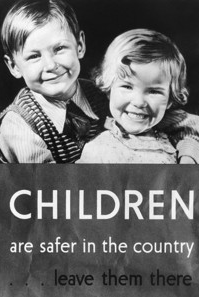
Nevertheless, things were about to change. The period between September 1939 and April 1940 is often called the ‘Phoney War’ because although war was raging at sea, very little happened in Western Europe during this time. As fears diminished, therefore, many evacuees began to go back home, despite the many government warnings that this was not a good idea. Parents were also reminded that they might have difficulty re-sending their children to safety should the need arise.
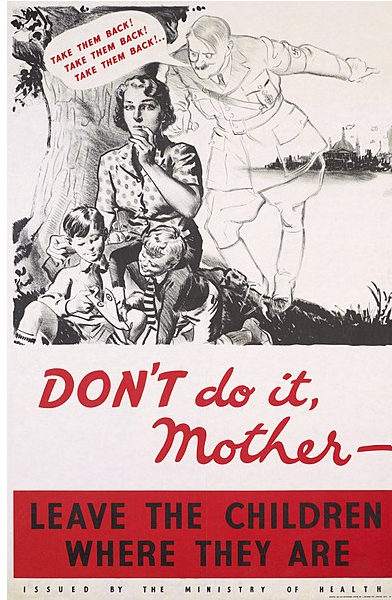
Mrs. Morgan and her children, not heeding these warnings, returned to their own home in Wingate Road, Aigburth. This may have been because the threat of danger was not apparent due to the ‘Phoney War’ rumours or simply because the family wanted to be together (she had other older children still in Liverpool with their father, William).
The government was not happy about the significant number of returnees to the previously evacuated cities. In London, for example, 34% of evacuated school children had returned by January 1940 and in Dundee it was 79%. Therefore, in February 1940 an attempt was made to introduce a new wave of evacuations and parents were required to sign a commitment not to bring children back home until the whole school returned to their hometown. This scheme was not successful and many children were still not registered for evacuation.
However, from May 1940 the situation changed as Hitler began his relentless conquest of mainland Western Europe and from August 1940, the night-bombing of cities up and down Britain. Evacuation began again and continued until the end of
1941 – this time out of realisation and necessity. Still, not all parents permitted their children to leave and it is reported that 43,000 civilians were killed in the Blitz and approximately 1 in 8 of those deaths was that of an innocent child. It could not be
denied that those living away from the major bomb-hit cities were far safer.
The Liverpool Blitz
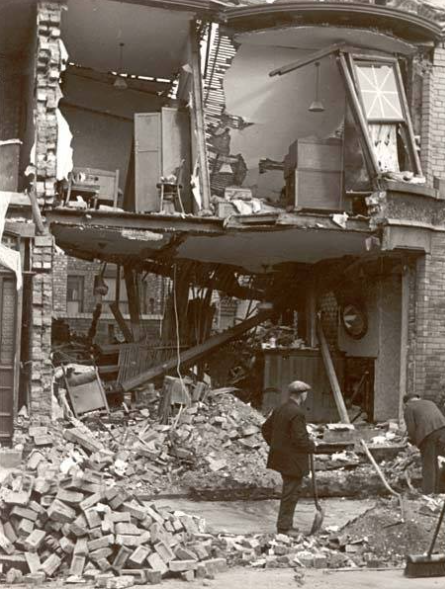
The first major air raid on Liverpool took place in August 1940, when 160 bombers attacked the city on the night of 28th August and for the next three nights. There were 50 raids on the Liverpool area during the following three months.
On the night of Monday, 18th November 1940, the bombing of densely populated areas continued. Apparently, the Morgan family were in the habit of going under the stairs during the raids. On the night in question they were there for a period of time but the four young children were allowed to go into the kitchen where they lay under the table. However, they complained they were cold and so got into bed. Aigburth was targeted by incendiary and high explosive bombs – houses, schools and a church were struck.
Two houses were demolished – numbers 3 and 5 Wingate Road – number 5 being the home of Annie and William Morgan GHWH-9QJ and their nine children. The same family who had been evacuated to Shirdley Hill in September 1939 to live with Mr. and Mrs. Higson on their farm.
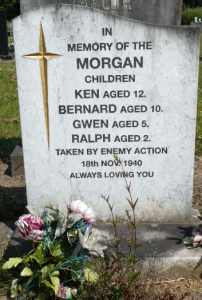
The following day, 19th November 1940, The Liverpool Evening Express newspaper reported that four of the nine Morgan children had been killed. Their father, William, a railwayman was at work at the time and came home to the devastation and heartbreaking news of the death of his four young children: Ralph, 2 years old, Gweneth who was 5, Bernard 10 years and Kenneth who was 12.
Also at home at the time of the bombing were Mrs. Morgan, her daughter Eileen, 14 years and the baby who was 6 months old and had been in the pram and was unharmed. Mrs. Morgan and Eileen were dug out of the rubble and debris in about half an hour and amazingly were only slightly injured. The older brothers of the family had been on a night out at the pictures.
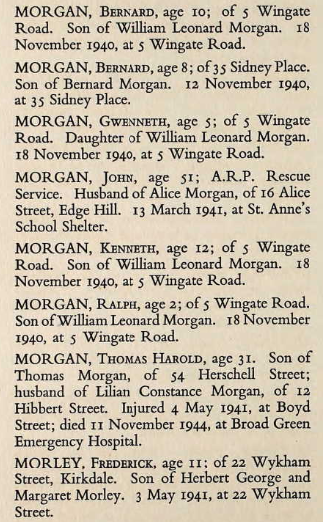
Ten days later, on 28th November 1940 another heavy raid on the city occurred and
the most serious single incident was when an air raid shelter on Durning Road was
bombed causing 166 fatalities. Winston Churchill described it as the ‘single worst
incident of the war’. A three night bombardment from 20th to 22nd December ended
this disastrous year with the so called ‘Christmas Blitz’, when 365 people were killed.
The bombing decreased in the new year until May 1941 when a seven night
bombardment destroyed the city of Liverpool. Areas affected included Bootle,
Seacombe, Wallasey and Wirral. Liverpool Cathedral was also hit by a high
explosive bomb at this time.
The last German air raid on Liverpool happened on 10th January 1942 blowing up
houses on Upper Stanhope Street. Ironically, number 102 had been the home of
Alois Hitler Junior who was the half brother of Adolf Hitler and the birthplace of
Hitler’s nephew William Patrick Hitler. This house was never rebuilt and the site was
cleared of housing and grassed over.
According to the National Museums Liverpool, in Merseyside more than 4000
civilians were killed, 10,000 homes were destroyed and 70,000 people were made
homeless during the air raids in WW2.
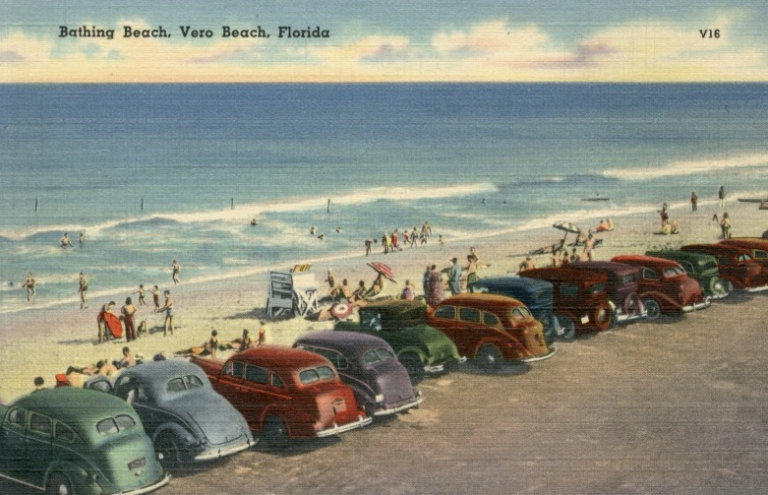
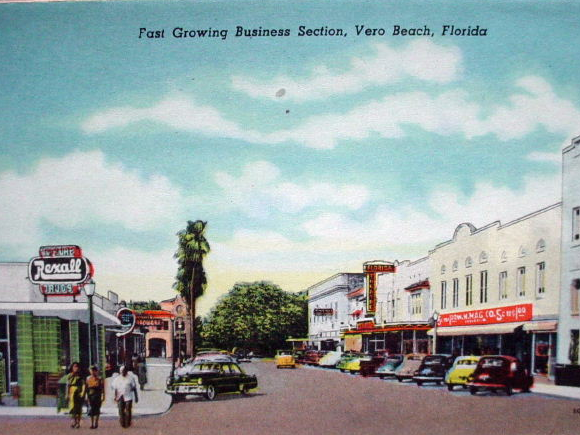
What became of Annie Morgan?
In June 1956, Annie and her husband William Morgan emigrated to America. They arrived in New York on 25th June 1956 and later settled in Vero Beach, Indian River, Florida. Annie died there on 30th June 1988 and William died a year later in 1989.
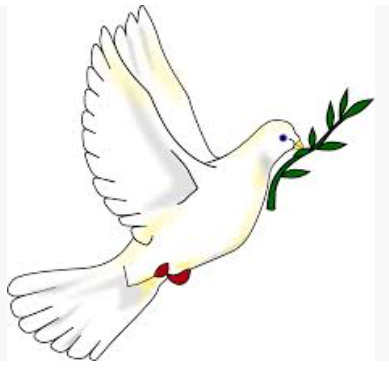
Written in memory of the Morgan children